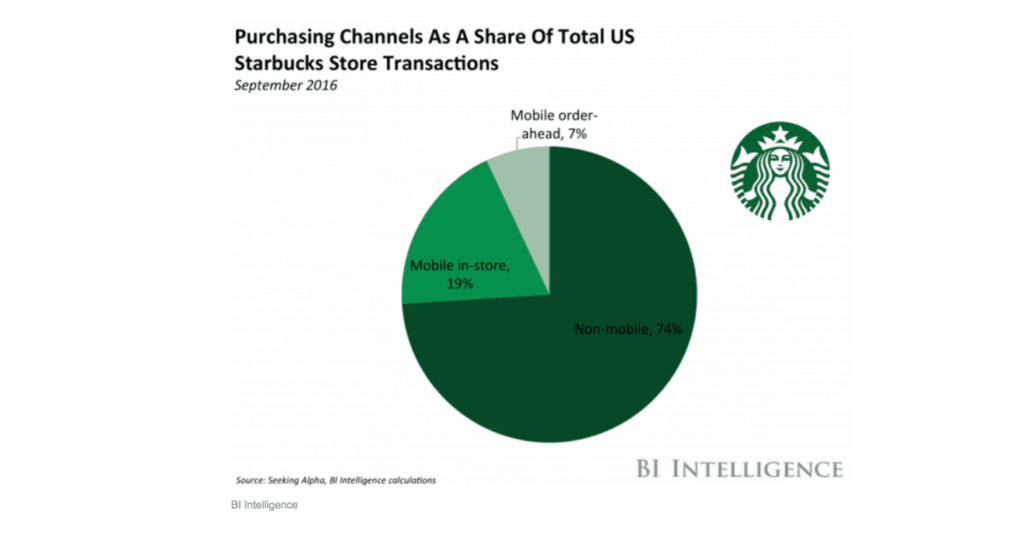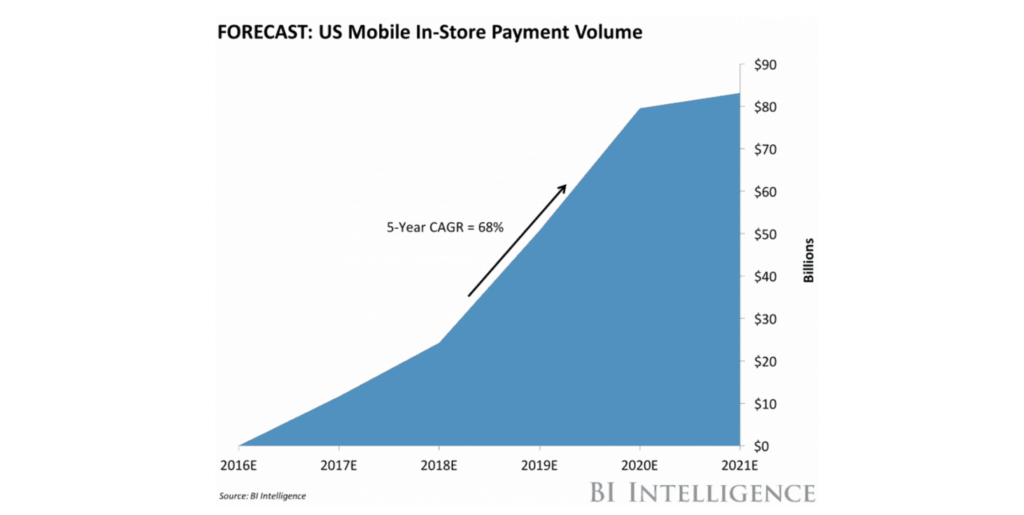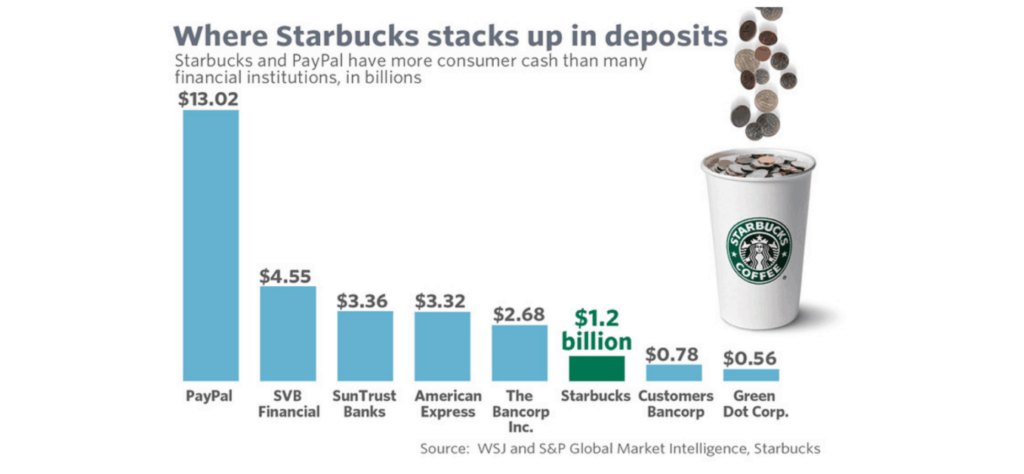You’re frustrated by the lack of innovation coming out of your company. And you’re convinced that your team is OK with simply being average.
No matter how hard you try, or how many articles on innovation you share with the team, or how many lunch-and-learns you host, you can’t seem to get them on board with mobile. They don’t see the value that mobile could bring to your bottom line and your company’s ability to compete in the future.
Whattayado?
The first thing you need to do is reconsider the approach you’re taking to sell your boss, manager or board on the importance of mobile. Show them nothing but the cold hard facts on how mobile is influencing their industry. Once you’ve painted that picture for them, then you can illustrate some of the many ways that mobile apps can help business leaders achieve real business goals.
In this blog post, we’ll cover some of those business goals and how mobile apps can help you achieve them. Investing in building a mobile app can be a daunting prospect, which makes it all the more important to know why you’re doing it.
Here are three ways mobile can help your brand or business achieve meaningful results:
Use Mobile To Grow Existing Revenue Streams

According to a recent mobile report from App Annie, the amount of money US consumers are spending in the app store continues to rise with double-digit growth. App Annie estimates that the app economy is growing 21 percent annually and will reach $31 billion in 2021. Globally, App Annie projects that mobile commerce will increase from $344 per user to $946 by 2021. That means the average user will spend nearly $1,000 through their mobile device in the year 2021. More than anything, these estimates affirm the reality that the world is going mobile—and that brands must embrace mobile to stay relevant.
Many brands believe that generating revenue from apps is only feasible with a game like Pokemon Go or Candy Crush. In the same report, App Annie debunks this myth by predicting non-game app spend is projected to triple in size from $11.5 billion in 2016 to over $34 billion in 2021 as video, music, dating, education, productivity, etc. drive app store purchases and subscriptions.
A great example of a brand that has used mobile to increase sales is Starbucks. The Starbucks app offers a range of features that contribute to its success, but one of the most important is the digital wallet.

BI Intelligence found that in September of last year, 26 percent of transactions at Starbucks utilized their digital wallet. More impressive is that 7 percent of all sales were made via mobile before customers even arrived at the store. Offering this type of flexibility allows the company to sell their product to an audience that might typically skip Starbucks because of the wait during the morning rush.
In another study published in January 2017, BI Intelligence reveals that the market for in-store payments using mobile has really just begun. Mobile payment offers convenience and a more personalized loyalty program (especially in industries that depend heavily on repeat customers), presenting companies with a significant opportunity to generate more revenue. As you can see in the chart below, BI Intelligence predicts a five-year compound annual growth rate of 68 percent for US mobile in-store payments:

That’s a massive opportunity!
Use Mobile To Unlock New Revenue Streams
Not only can a new mobile app improve existing revenue streams, it can unlock new ones. The Starbucks app allows users to send gift cards to others directly through the mobile app. These digital gift cards are all individually designed and categorized by special occasion, such as anniversaries, graduations, retirement and more.
To further demonstrate the power of mobile and this type of feature, in the first quarter of 2016, $1.2 billion was loaded onto Starbucks cards or the mobile app for future spending. This volume puts Starbucks on equal footing with many financial institutions as a place where consumers hold their money.

Another opportunity for brands to generate more revenue through their app is by leveraging in-app advertising. According to App Annie, the advertising market for mobile alone is expected to be worth $72.5 billion by 2021. If you’re working in an industry where your audience is interested in consuming content that you develop, mobile advertising could be a great way to improve your bottom line.
Use Mobile To Enhance Customer Satisfaction
Outside of the fact that you can generate more revenue through mobile, developing a mobile app also gives you the ability to serve your customers better than ever before.
Brands with mobile apps benefit from creating what feels like a more personalized experience for their customers. That can mean different things for different industries, but no matter what it looks like, a more personalized experience removes barriers to communication and support.
Don’t abuse the fact that your brand is sitting in the pocket of your target audience; instead, use this opportunity to establish a deeper, more meaningful connection that leads to increased customer satisfaction. Push notifications in particular are a great way to deliver information that matters to your customers. A recent study found that 46 percent of consumers say they embrace push notifications because they like receiving personalized alerts. If you can deliver personalized alerts that add value, you can enhance customer satisfaction, which will eventually translate into customer loyalty and trickle down into your bottom line.
Conclusion
The future for mobile is bright.
As you can see in the potential growth figures, there has never been a better time to invest in mobile. And now you have the insights you need to show your team and your organization why there’s value in mobile. From the bottom line to the top-level relationships you have with your customers, mobile can lead you to new success and unparalleled opportunities.
If you think your company can leverage mobile but you’re struggling to get the traction you need internally, we’d be more than happy to schedule some time to learn about your business and show you how our Blueprint process might be the right first step to get your brand where it needs to be. Whether it’s iOS app design or Android app development – we’d be more than happy to help!



